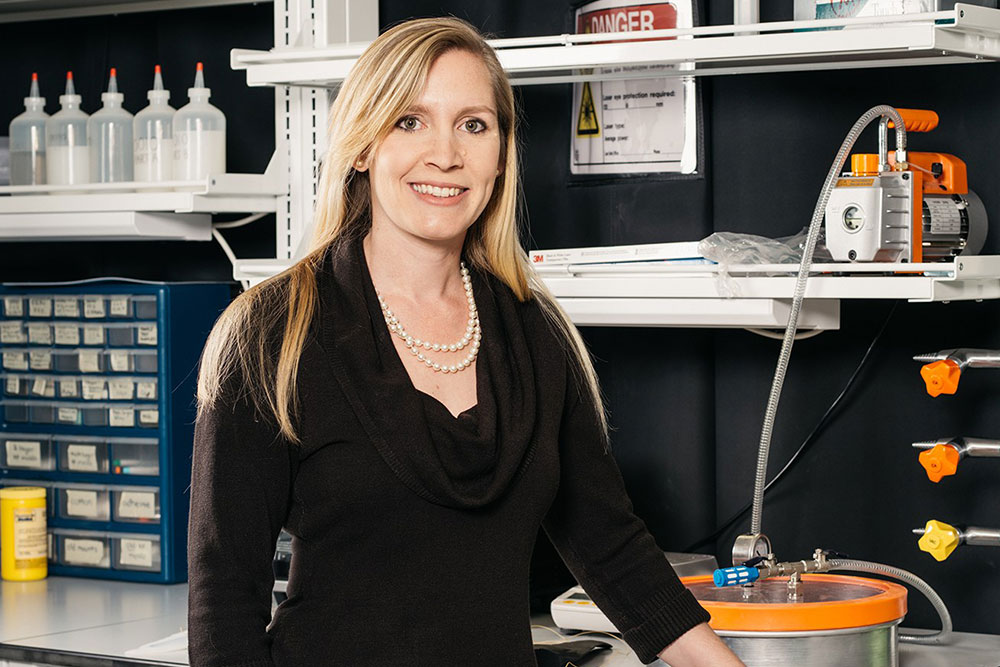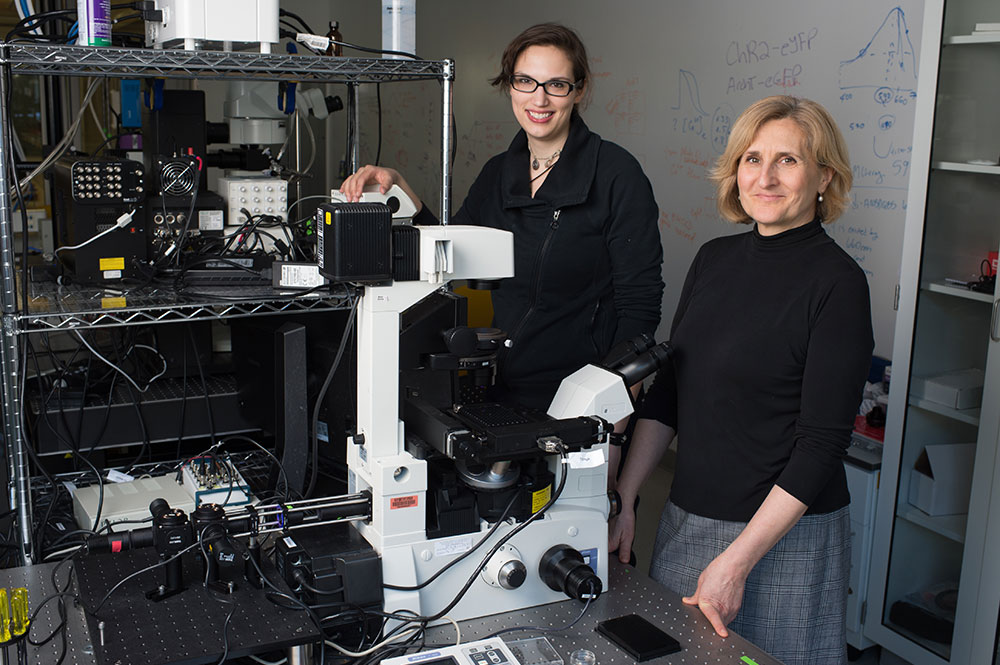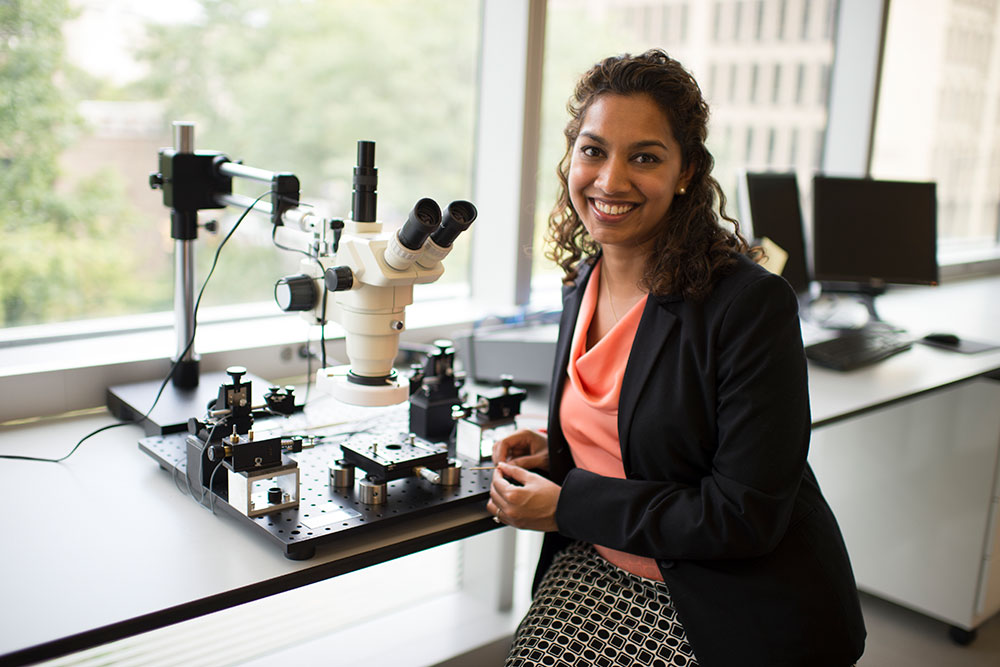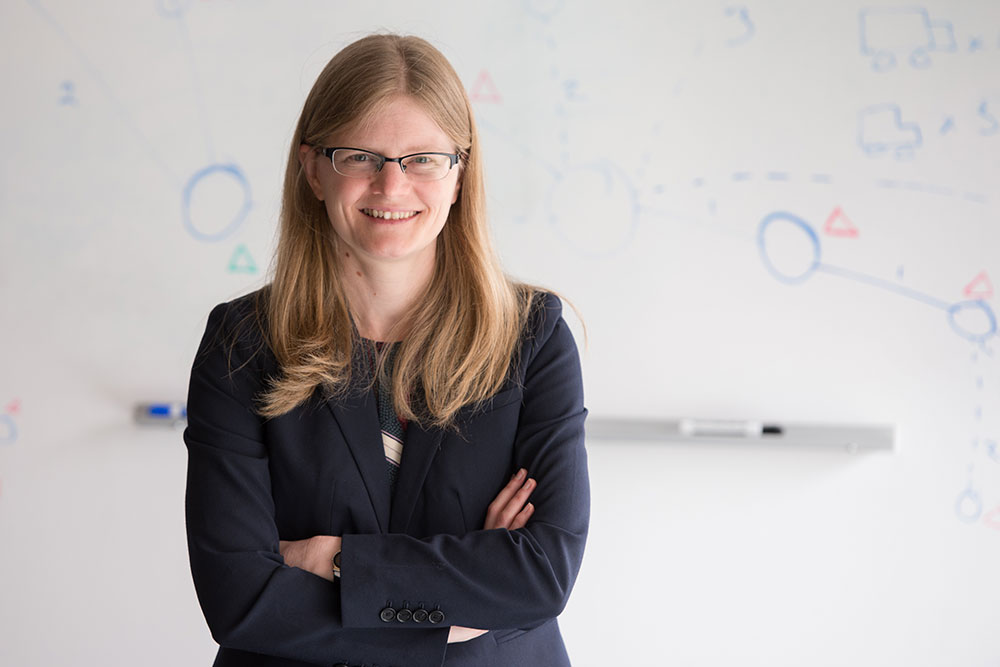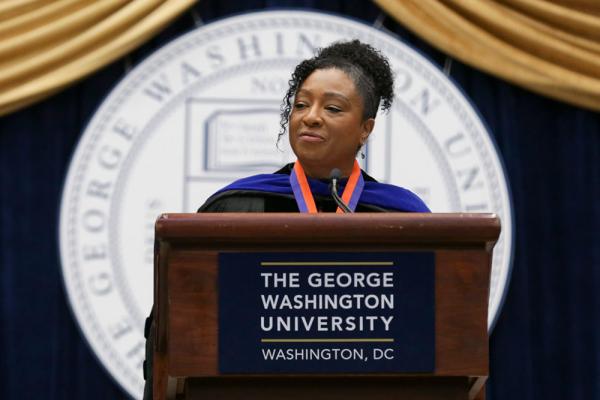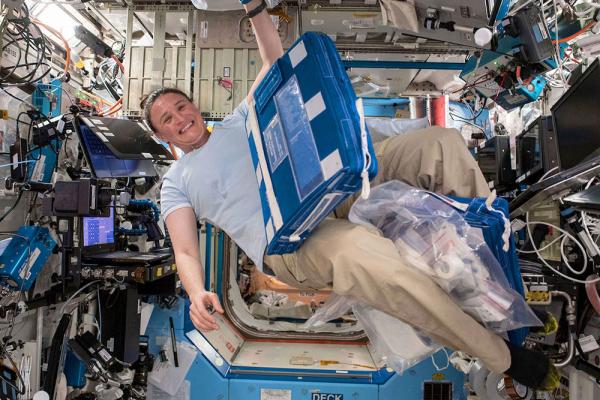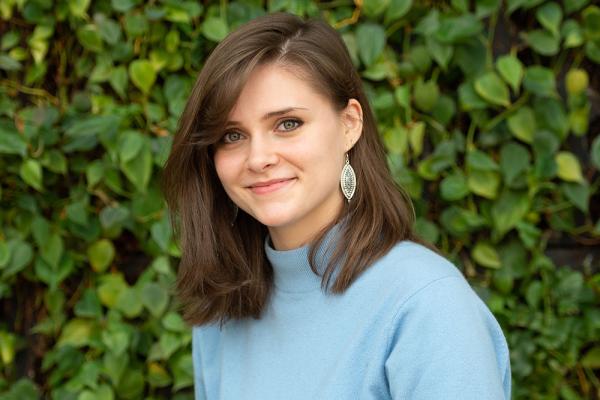SEAS Center for Women in Engineering
The mission of the SEAS Center for Women in Engineering (WiE) is to empower GW faculty, staff, students and alumni to become the best engineers they can be. We work to build confidence and knowledge about technology, expand leadership and tech skills, and fully leverage technology in support of academic and professional excellence.
Learn more about our Office of Inclusive Excellence here.
THE STATE OF
ENGINEERING for women
GW Engineering beats the national average for women pursuing engineering degrees.
24.5%
National Average,
undergraduate women
in engineering
( source: ASEE 2020
Engineering By
The Numbers )
47%
Women in the GW Engineering
Undergraduate class
of 2026
(source: GW Engineering)
28%
National Average, graduate women in engineering,
( source: ASEE 2020 Engineering By The Numbers)
34%
Women enrolled as GW Engineering On-Campus graduate students (source: GW Engineering Data)
Our Stories
The Women of SEAS are extremely active in research, education and outreach to the community. WiE is proud to highlight these stars in GW SEAS and the engineering profession.
WiE Leadership and Supporters
- Leftwich: WiE Director
Professor of Mechanical and Aerospace Engineering, SEAS

Dr. Megan C. Leftwich is a Professor in the Department of Mechanical and Aerospace Engineering at The George Washington University. She holds a Ph.D. in Mechanical and Aerospace Engineering from Princeton University and a B.S.E. degree from Duke University. Prior to joining GW, she was the Agnew National Security Postdoctoral Fellow at Los Alamos National Lab from 2010 to 2012. Her current research interests include the fluid dynamics of rotating airfoils, high performance jetting for aquatic locomotion, unsteady activation for undulatory propulsion, and the fluid dynamics of human birth. Prof. Leftwich has a deep interest in diversity in technical fields and STEM education from the first year through the Ph.D. Professor Leftwich is an Office of Naval Research 2017 Young Investigator Award Recipient. Additionally, she is the winner of the 2019 Early Career Researcher Award at George Washington University, the 2018 SEAS Dean’s Faculty Recognition Award, the 2017 SEAS Outstanding Young Researcher Award and the 2016 SEAS Outstanding Young Teacher Award. Her work on unsteady propulsion has been profiled in over 20 popular media venues including: Wired, CNN's Great Big Story, the Smithsonian Magazine and the New York Times.- Lijie Grace Zhang
Associate Dean for Research, SEAS
Image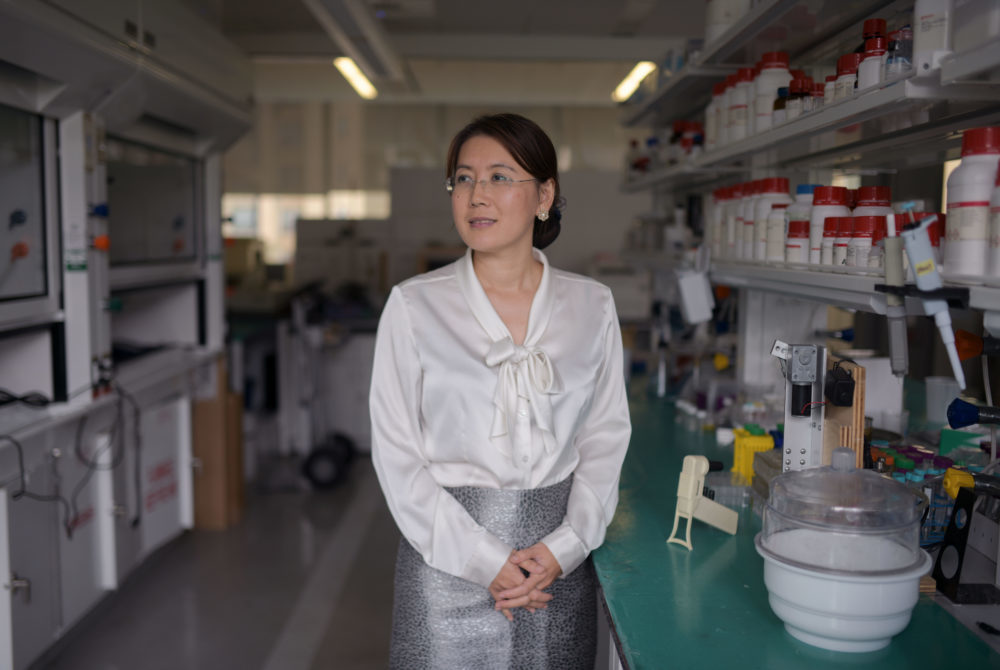
Lijie Grace Zhang has been appointed Associate Dean for Research in SEAS. Professor Zhang's Bioengineering Laboratory for Nanomedicine and Tissue Engineering applies a range of interdisciplinary technologies and approaches in additive manufacturing, nanotechnology, stem cells, tissue engineering, and drug delivery for various biomedical applications.The main ongoing research projects include: integrating 3D/4D bioprinting and nanotechnology for complex cardiovascular, neural and musculoskeletal tissue regenerations; investigation of the influence of nano and chemical environments in directing stem cell differentiations for regenerative medicine; developing sustained drug formulations for long term and controlled drug release at disease or cancer sites; and developing novel 3D/4D tunable tissue models for cancer metastasis study and therapeutic discovery.
- Poorvi Vora
Professor of Computer Science, SEAS
Image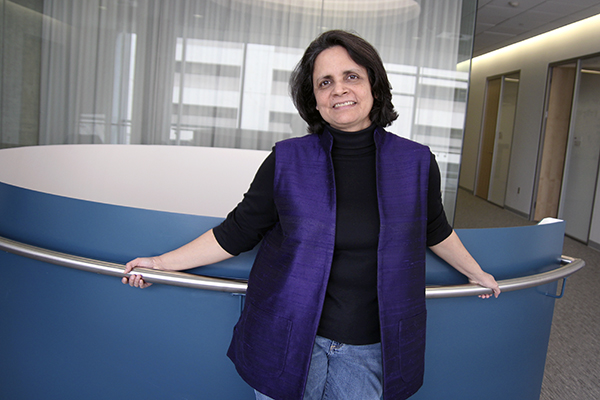
Dr. Poorvi Vora and her research group have developed the Athena election audit algorithm and software package, which has been integrated into Arlo, the main election audit software tool used by election officials. The Athena class of ballot polling audits decreases considerably the effort of election officials, and is likely to help make audits more popular among them. No ballot polling audits were performed for the 2020 general election, but pilot (non-binding and post-certification) ballot polling audits for Michigan and Pennsylvania are anticipated in early 2021, when it is hoped that Athena will be used. Dr. Vora’s collaborators are Dr. Filip Zagórski (Wroclaw University of Science and Technology, Poland) and Neal McBurnett (independent software consultant). CS undergraduates Grant McClearn and Sarah Morin participated in all aspects of the work as well, and CS undergraduates Oliver Broadrick, Claire Furtick and Jay Grieve also played a role. The research is/was supported in part by National Science Foundation awards.- Emilia Entcheva
Professor of Biomedical Engineering, SEAS

Dr. Entcheva studies problems related to electrical activity in the heart, and she is developing a technique to expedite researchers’ ability to observe electrical activity across cardiac cells, including activity that can cause arrhythmias (abnormal heart rhythms), which can be lethal. She has taken a unique approach to it, borrowing an opto-genetic technique that is used more commonly in neuroscience.- Saniya LeBlanc
Professor of Mechanical Engineering, SEAS

Dr. LeBlanc works to develop technologies that address the growing demand for energy, as well as to improve the energy efficiency of technologies that provide our energy services. In one of her current projects, she is working to understand the link between the technical performance of specific energy materials and systems, and the economic requirements for the technologies to make it out of the lab and into the market.- Erica Gralla
Professor of Systems Engineering, SEAS

Dr. Gralla studies decision making problems and develops models to reflect the structures and context of various systems in which decisions are made, and to figure out the right decision making approach based on that system. One system she studies is disaster response supply chains.
- Christyl Johnson
Deputy Center Director for Technology and Research Investments, NASA Goddard Space Flight Center

Dr. Johnson manages the Center’s research and development portfolio and leads an integrated program of investments aligned to meet the Center’s strategic goals. She previously served from 2010 to 2012 as Goddard’s deputy director for science and technology. From 2008 to 2010, she served as executive director of the National Science and Technology Council at the White House Office of Science and Technology Policy. Prior to joining the White House staff, Dr. Johnson served as the assistant associate administrator of NASA. There, along with the associate administrator, she provided oversight of the agency's technical mission areas and field center operations. She earned her PhD in systems engineering from GW.
- Serena Aunon-Chancellor
NASA Astronaut and MD

Dr. Serena Auñón-Chancellor is dually certified in internal medicine and aerospace medicine. She began working with NASA as a flight surgeon in 2006, and in 2009, NASA selected her as one of 14 members of the 20th NASA astronaut class. From June-December 2018, she served as a flight engineer as part of the Expedition 56/57 crew on the International Space Station. Dr. Aunon-Chancellor earned her BS in electrical engineering from GW.
- Madison Haley
SEAS Undergraduate, Civil Engineering

Ms. Haley is a senior and her primary interest is in engineering and public health. She has been actively involved in Engineers Without Borders (EWB) throughout her four years at SEAS, and last January, she participated in a project assessment trip to India, which she and the EWB co-captain led. Ms. Haley also tutored at School Without Walls, studied abroad in South Korea, and worked as a research assistant in Dr. Samer Hamdar’s Transportation Engineering Laboratory. Last fall, she served as a teaching assistant (TA) in a civil engineering course taught by Dr. Sameh Badie.- Annamaria Konya Tannon
Chief Evangelist for Innovation, Entrepreneurship, and Invention, SEAS
Image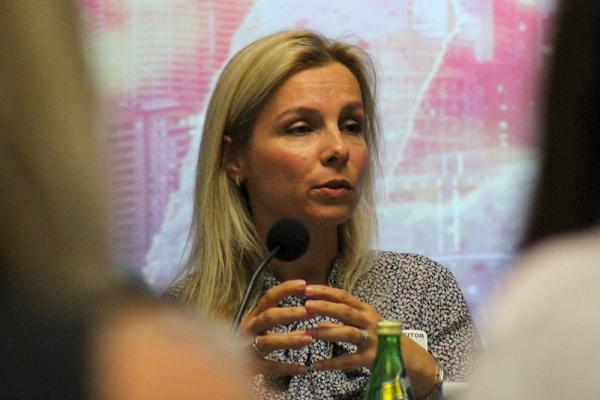
In addition to her role as chief evangelist for innovation, entrepreneurship, and invention at SEAS, Ms. Konya Tannon is also the executive director of the GW Innovation Center. She is a technology entrepreneur and angel investor who has been involved in technology enterprise creation for more than 15 years, primarily in Silicon Valley. She also is the founder and CEO of Equita Accelerator, a non-profit corporation dedicated to advancing women-led technology companies. Previously, she was a guest lecturer on innovation and entrepreneurship at Stanford University and served as an entrepreneur in residence at Stanford University's Technology Venture Lab.- Samsara Counts
SEAS Undergraduate, Computer Science
Image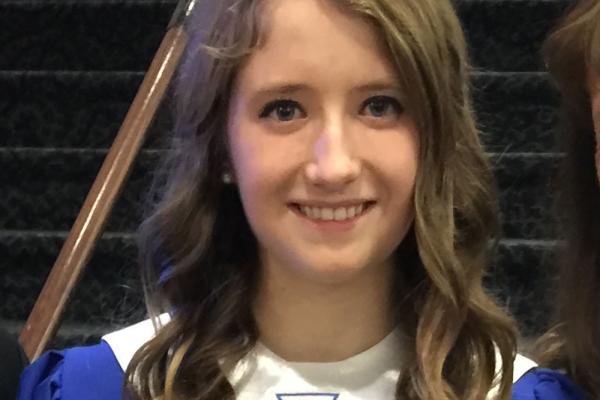
Ms. Counts is a senior pursuing a Bachelor of Science in Computer Science and Mathematics with a minor in Creative Writing. She is a Teaching Assistant for the Computer Science Department and a mentor for incoming freshmen in the SEAS Student Peer Advisory Network (SEASSPAN). She also has served as a 3-time Executive Board member of the GW chapter of the Association for Computing Machinery (GW ACM). In Summer 2018, Ms. Counts interned at Microsoft Research New England, working on speeding up matrix multiplication with group theory. She is a 2018 Google Lime Scholar and received two Honorable Mentions for the 2018 and 2019 NCWIT Collegiate Awards for her research. After graduation, she will spend a year doing Artificial Intelligence research in Germany as a Congress-Bundestag Youth Exchange fellow and then pursue a Ph.D. in Computer Science.
- Caitlin Carfano
SEAS Undergraduate, Electrical Engineering

Ms. Carfano is a junior pursuing a degree in electrical engineering with a concentration in medical preparation. She is a member of Alpha Omega Epsilon and a mentor for incoming freshmen as a member of the School of Engineering and Applied Science Student Peer Advisory Network (SEASSPAN). She also serves as a volunteer at an elementary school STEM club that she co-founded. During the summer of 2018, Ms. Cargano conducted nanoscience research at Vanderbilt University in Nashville, TN, and she recently completed a study abroad semester at the University of Sydney, Australia.
History of Women in GW Engineering
The George Washington University (GW) was established in 1821, when President James Monroe approved the congressional charter creating the Columbian University, the initial name of the George Washington University. In 1884, the Corcoran Scientific School opened its doors at the university, after the philanthropist William Corcoran provided a gift to establish the school. The Corcoran Scientific School, which eventually would be renamed the School of Engineering and Applied Science (SEAS), was intended to be a polytechnic school designed after the Boston Institute of Technology.
- SEAS Center for WiE Founding Director
Dr. Shelly Heller
Founding Director, SEAS Center for Women in Engineering
Professor Emerita, Computer ScienceDr. Shelly Heller has spent her career breaking barriers and opening doors for women in STEM. She began her professional journey in the 1960s in the field of computer science, eventually earning her Ph.D and joined the faculty of the George Washington University in 1985. Over nearly four decades, Dr. Heller has served in numerous leadership roles at GW, including Associate Dean for Academic Affairs on the Mount Vernon Campus and Professor of Engineering and Applied Science.
As the founding director of the SEAS Center for Women in Engineering, Dr. Heller envisioned a community that not only welcomed women into engineering, but ensured they could thrive. Her leadership helped establish the Center’s commitment to fostering belonging, amplifying women’s voices, and creating pathways to success for the next generation of engineers.
Beyond her work at GW, Dr. Heller’s impact includes national research initiatives and programs focused on broadening participation in STEM, including efforts supported by the National Science Foundation. She also played a critical role in shaping GW’s Women’s Leadership Program and has mentored countless students and faculty members throughout her tenure.
A proud alumna of Stony Brook University, where she met her husband and began her STEM career, Dr. Heller continues to teach, advocate, and mentor. Her legacy is reflected in the thousands of women in engineering she has inspired to believe, boldly, that they belong.
- First Women SEAS Graduates
Elizabeth Preston Brown and Louise Connolly
The first graduating class comprised six students. Two of them were women: Elizabeth Preston Brown and Louise Connolly. Mrs. Brown was a noted mathematician, and Ms. Connolly a noted geologist.
Mrs. Brown, a high school teacher, reserved part of her salary to “improve herself” and entered The Corcoran Scientific School, where she studied with mathematics professor James Howard Gore, verifying his calculations, a job classified as ‘computer’. According to an 1892 article from The Daily Picayune (New Orleans, Louisiana), she was encouraged to enter a contest for a position at the Nautical Almanac. The newspaper notes “Within three hours after the examination began every man left the room vanquished by the astronomical and mathematics problems”. Miss Brown answered every question and solved every problem in less than five hours.
Ms. Connolly, also a high school teacher, received two degrees from the school. She was regarded as one of the city’s most progressive teachers and often spoke at meetings of the National Education Association and the Geographic Society.
- First Woman Engineering Graduate
Marjorie Rhodes Townsend
Marjorie Rhodes Townsend was the first woman to graduate from GW with an engineering degree. Born in 1930, she enrolled in college at 15 and received her degree in 1951. In 1957 she told The Washington Post, “The thought seems to lurk in people’s minds that women go into a man’s field to catch a husband. In fact, there was a wager on the line when I went to school that I would get married and never graduate. That gentleman had to pay” up. In 1959, Mrs. Townsend became one of the first female engineers to join NASA, and in the next decade, she was named the first female spacecraft project manager at NASA’s Goddard Space Flight Center in Greenbelt, MD.
- First Woman Appointed to SEAS Faculty
Dr. Mona Zaghloul
Dr. Mona Zaghloul, a professor in the Department of Electrical and Computer Engineering has achieved many firsts in her career. In 1975, she earned her Ph.D. in electrical engineering from the University of Waterloo (Canada), the first woman to earn a doctorate in engineering from Waterloo. She joined the GW faculty in 1980 as an assistant professor and as the first female appointed to the SEAS faculty.
- Hidden Figure
Christine Mann Darden
Dr. Christine Mann Darden, who rose from data analyst at NASA's Langley Research Center to become leader of the agency's Sonic Boom Team, earned her doctoral degree in mechanical engineering from GW in 1983. Now a retired NASA director and aerospace engineer, Dr. Darden is an internationally recognized authority in the field of sonic-boom minimization. Known as one of NASA’s “human computers” in the 60s and 70s, Dr. Darden’s story features in the 2016 bestseller, Hidden Figures: The American Dream and the Untold Story of the Black Women Mathematicians Who Helped Win the Space Race. Bipartisan legislation would bestow the Congressional Gold Medal on Darden, Katherine Johnson, Mary Jackson, Dorothy Vaughan, “and all the women computers, mathematicians, and engineers at NASA, and its precursor organization the National Advisory Committee for Aeronautics (NACA).”
Resources
- WiE Report: Broadening Participation Funding Statement (PDF)
- WiE Report: Establishing an Inclusive Community (PDF)
- WiE Report: Best Practices for Diversity & Inclusion in Engineering Education - resources (PDF)
- WiE Report: Best Practices for Diversity & Inclusion in Engineering - Curriculum (PDF)
We also invite you to visit the GW Office for Diversity, Equity and Community Engagement for additional GW resources.
This program/center is open to all students/members of the GW community. Participation is not limited based on any individual’s personal identity, characteristics, or viewpoint, including but not limited to: race, color, national origin, shared ancestry, religion, political affiliation, sex, age, sexual orientation, disability, or veteran status.
Reporting a Title IX Related Incident
It is our hope that all members of our community feel responsible for the well-being of each and every student. We strongly encourage students, faculty, and staff to report possible Title IX incidents. The Title IX team will evaluate your report and determine the best way to respond.
Contact Us
We are interested in hearing from you. Please contact us with questions, suggestions, or ideas related to women in engineering.
Email: scwie email [dot] gwu [dot] edu (scwie[at]email[dot]gwu[dot]edu)
email [dot] gwu [dot] edu (scwie[at]email[dot]gwu[dot]edu)




